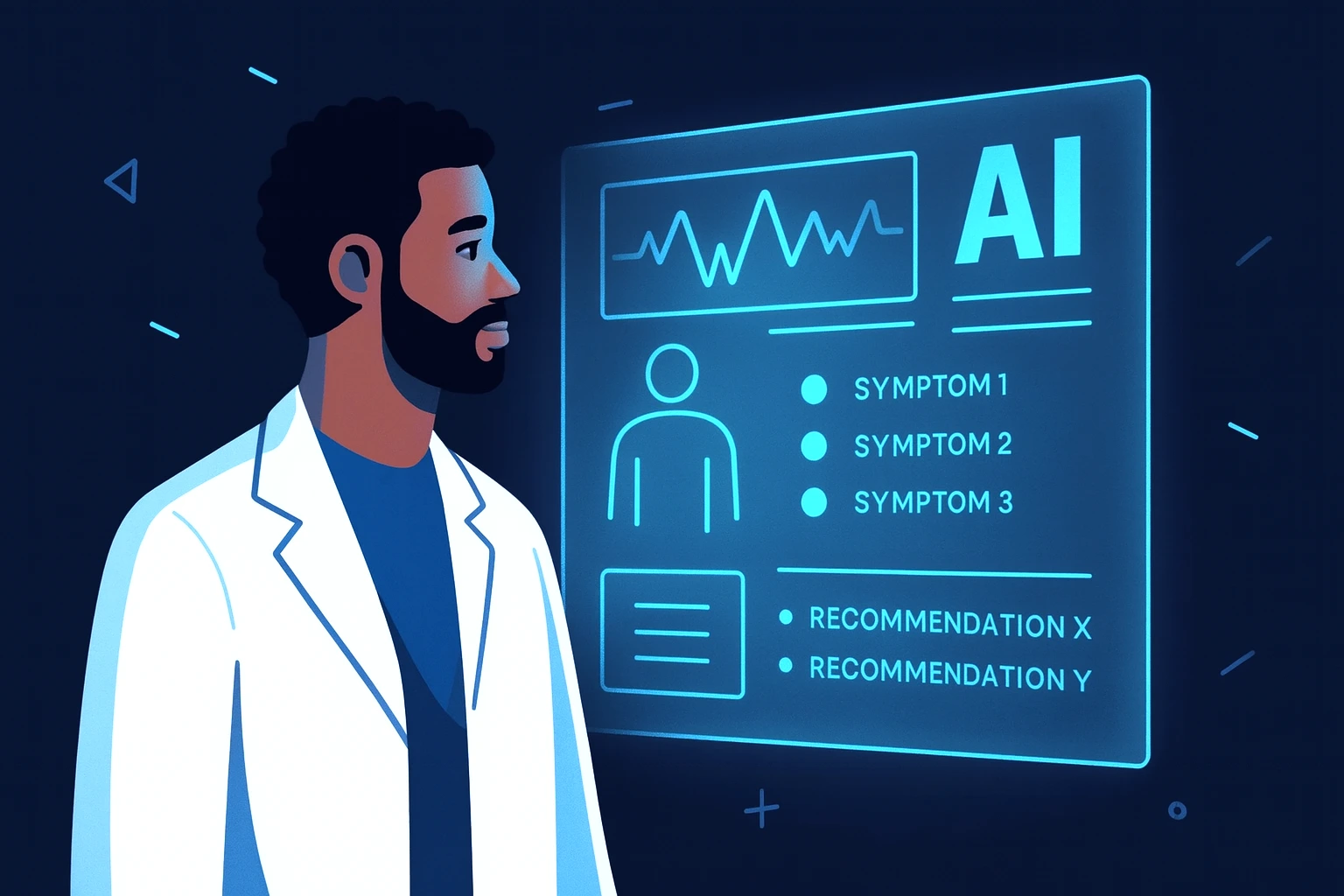

Shutdown Shockwaves: Urgent Care’s Short- and Long-Term Risks
The 2025 shutdown pressures urgent care with claim delays, telehealth cuts, and payer shifts.

Shutdown Shockwaves: Urgent Care’s Short- and Long-Term Risks
Introduction
The ongoing federal government shutdown has sent shockwaves through nearly every corner of healthcare — and urgent care centers are feeling the tremors first. As the stalemate drags on, urgent care operators face a growing list of immediate operational pressures and long-term strategic threats.
From reimbursement bottlenecks and telehealth rollbacks to patient behavior shifts and payer uncertainty, the financial pulse of urgent care is tightening. With our vantage at UrgentIQ focused on onboarding, optimization and long-term sustainability for urgent care operators, now is the time to articulate both the immediate concerns urgent care centers face and the strategic long-term implications should this shutdown drag into December with no resolution.
Immediate Concerns for Urgent Care Centers
1. Reimbursement & Claims Processing Delays
- While core entitlement programs like Medicare and Medicaid remain funded, certain discretionary flexibilities — including telehealth expansion — have lapsed.
- The American Medical Association notes that Medicare telehealth flexibilities expired Sept 30, requiring new Advance Beneficiary Notices for uncovered services.
- Impact: Claim delays and reduced cash flow for urgent care centers that rely on steady payment cycles.
- Action: Strengthen revenue-cycle monitoring, adjust reserves for claim lag, and maintain open communication with payers.
2. Telehealth & Alternative Care Models Under Stress
- Rollback of telehealth waivers disrupts hybrid urgent care models.
- Impact: Decreased reimbursement for virtual visits and potential patient attrition to competitors.
- Action: Highlight in-clinic strengths — immediacy, diagnostics, and continuity — while monitoring payer updates on telehealth parity.
-
3. Operational & Regulatory Uncertainty
- CDC and other agencies have furloughed staff, slowing regulatory updates, guidance, and grant processing.
- Impact: Delayed compliance responses and enrollment approvals. This can be particularly impactful for new centers or new providers.
- Action: Engage state health departments early and maintain internal compliance frameworks.
-
4. Patient Behavior & Payer Dynamics
- Economic uncertainty may drive deferred care and higher self-pay volumes.
- Impact: Fluctuating patient volumes and potential strain on collections.
- Action: Forecast shifts in payer mix and adjust staffing, hours, or patient-payment policies accordingly.
Long-Term Strategic Implications if the Shutdown Extends Into December
1. Margin Erosion and Consolidation Pressure
- Extended claim delays and shrinking telehealth revenue could erode margins.
- Smaller centers that have a high Medicare/Medicaid patient population could face acquisition or closure as revenue delays further.
- Strategy: Diversify revenue streams — onsite imaging, employer contracts, subscription care — to strengthen financial durability.
2. Shifting Payer Behavior & Regulatory Realignment
- Prolonged uncertainty may prompt payers to tighten reimbursement criteria or renegotiate contracts.
- Strategy: Leverage analytics to demonstrate urgent care’s cost-effectiveness and strengthen your position in payer negotiations.
3. Innovation Pathways Paused or Redirected
- Federal funding pauses have already impacted hospital-at-home and remote-monitoring pilots.
- Strategy: Prioritize innovation that’s self-sustaining — employer-based, subscription, or outcomes-driven models less dependent on federal programs.
4. Competitive Repositioning & Branding Opportunity
- Clinics that project reliability and operational excellence during crisis will win long-term market share.
- Strategy: Double down on patient experience, digital check-in, and transparent pricing to reinforce brand stability.
Key Takeaways for Urgent Care Operators
- Reassess financial forecasts — plan for slower reimbursements and potential volume changes.
- Audit telehealth services — pivot toward in-person or alternative reimbursable models.
- Enhance data visibility — use KPIs to prove value to payers and investors.
- Invest in patient experience — build trust during uncertainty.
- Stay nimble — structure staffing and scheduling for adaptability.
Conclusion
The 2025 shutdown is more than a budget impasse — it’s a stress test for the urgent care model. In the short term, centers are battling cash-flow strain and operational disruption. But if gridlock persists into December, these issues could harden into a new operating reality.
Urgent care leaders who treat this crisis as a catalyst — tightening financial operations, amplifying efficiency, and elevating patient trust — will emerge not only intact but stronger in the next cycle of healthcare reform.
If you’d like to investigate greater operational efficiencies by optimizing your EMR, contact us today at sales@urgentiq.com .
More blog posts to read
Prefer to send an email? Send us your request at sales@urgentiq.com, and we'll coordinate with you directly.
We're thrilled that you're interested in joining us. Please fill out the form below to get started on your journey with UrgentIQ.




